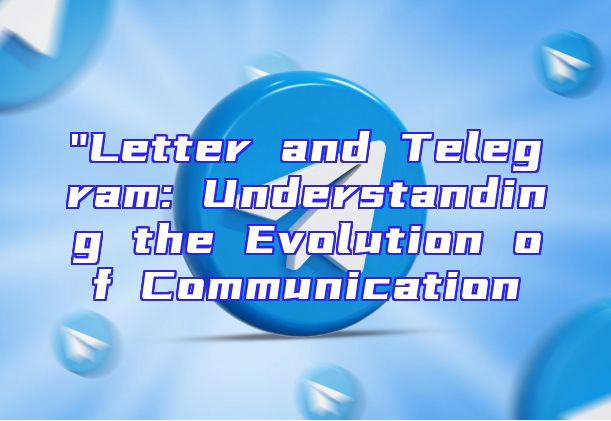"Letter and Telegram: Understanding the Evolution of Communication
来源:本站时间:2025-07-22 00:17:55
In the age of digital communication, it's easy to forget the rich history behind the methods we use to connect with one another. The letter and the telegram, two iconic forms of communication, played pivotal roles in shaping the way we interact. This article delves into the evolution of these communication mediums, exploring their origins, significance, and how they have influenced modern communication.
The concept of letter writing dates back to ancient times, with the earliest forms of written communication being clay tablets and scrolls. Over centuries, the art of letter writing evolved, becoming a symbol of literacy and social status. During the Renaissance, the letter became a cherished form of personal expression, allowing individuals to convey their thoughts, emotions, and news across vast distances. The invention of the printing press in the 15th century further popularized written communication, making it accessible to a broader audience.
As the 19th century approached, the telegraph was introduced, revolutionizing the way people communicated. The first telegraph line, constructed between Washington, D.C., and Baltimore, was completed in 1844. This new form of communication allowed for near-instantaneous transmission of messages over long distances, a stark contrast to the days of waiting weeks or even months for a letter to arrive. The telegraph became a crucial tool for businesses, governments, and individuals, facilitating faster communication and commerce.

The telegraph's impact on society cannot be overstated. It played a significant role in the American Civil War, allowing for quicker transmission of orders and information between military leaders. Additionally, the telegraph helped to unite the country, making it easier for people to stay connected with family and friends as they moved to new areas in search of opportunities.
As the 20th century progressed, the telegraph was eventually replaced by the telephone, which offered even faster and more personal communication. However, the legacy of the telegraph continued to influence the development of new technologies, such as the internet and mobile devices. Today, we can see the roots of the telegraph in the digital communication we use daily.
The letter, on the other hand, remained a cherished form of communication even as new technologies emerged. The personal touch and sense of anticipation associated with receiving a letter made it a unique and valued method of communication. In an era dominated by emails and instant messages, the letter has become a symbol of thoughtfulness and effort. Many people still enjoy sending and receiving letters, appreciating the art of letter writing and the connection it fosters.
The evolution of communication from the letter to the telegram and beyond has not only shaped the way we interact with one another but has also influenced the development of technology and society. By understanding the history of these communication mediums, we can appreciate the strides we have made and the potential for future innovations.